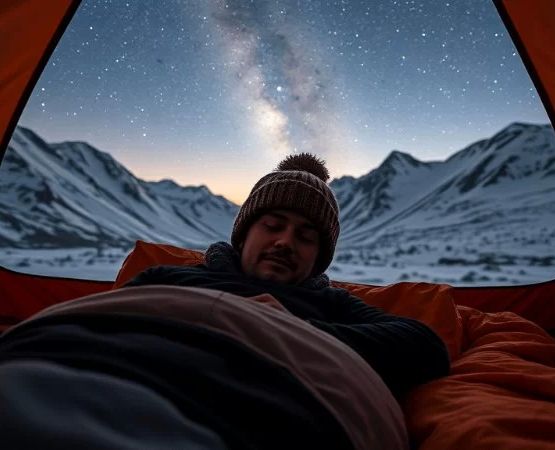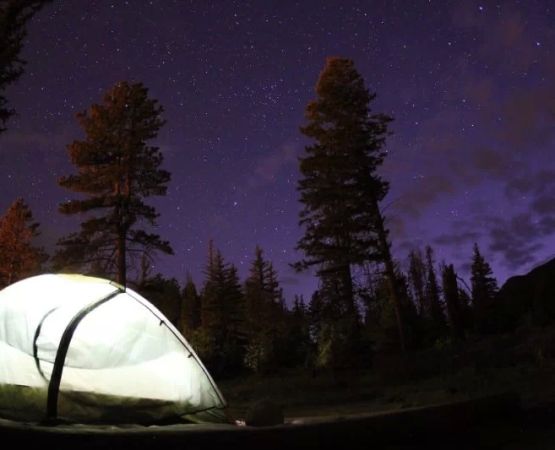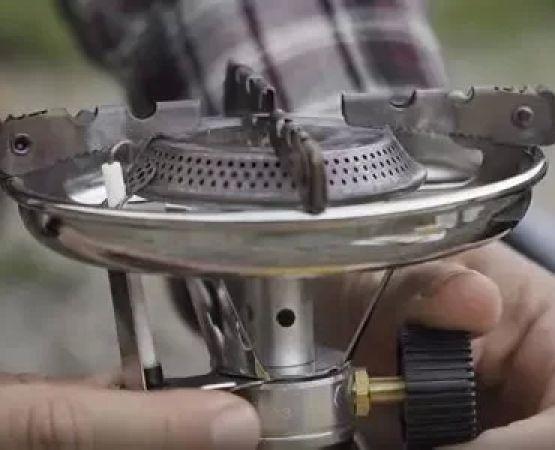How to Avoid Common Camping Injuries: Essential Tips for Safety in the Outdoors
Camping is one of the most exciting ways to connect with nature and escape from the stresses of daily life. Over the years, I’ve had my fair share of outdoor adventures, but like most people, I’ve also experienced a few camping injuries. The truth is, while camping can be incredibly fun, it can also present risks if you’re not careful. In this article, I’ll share what I’ve learned over the years about avoiding common camping injuries and staying safe while enjoying the great outdoors.
1. Prepare for the Elements: Weather-Related Injuries
One of the most important steps in preventing camping injuries is being prepared for the weather. Whether it’s too hot, too cold, or even rainy, exposure to extreme weather can lead to heatstroke, hypothermia, dehydration, or other injuries. I’ve learned the hard way that underestimating the weather can lead to uncomfortable, and sometimes dangerous, situations.
Before heading out, check the weather forecast for the area where you’ll be camping. Make sure you pack appropriate clothing, such as moisture-wicking layers for hot weather, warm layers for cold weather, and waterproof gear if rain is expected. Staying hydrated is crucial, especially during hot weather, so make sure you bring enough water for everyone in your group and keep an eye out for signs of dehydration, such as dry mouth, fatigue, and dizziness.
For colder climates, remember that exposure to cold temperatures for extended periods can cause hypothermia. This condition occurs when your body loses heat faster than it can produce it, leading to dangerously low body temperature. Always have extra clothing and blankets on hand and make sure your sleeping bag is rated for the temperatures you’ll be facing.
2. Stay Safe on the Trails: Preventing Hiking Injuries
Hiking is one of the main activities when camping, but it also carries risks such as twisted ankles, cuts, and bruises. I’ve twisted my ankle more than once while hiking, but now I know how to take extra precautions. First, make sure you wear sturdy, comfortable footwear that provides good ankle support. Avoid shoes with poor grip or worn-out soles, as these can lead to slips or falls.
Before heading out on any hiking trail, always tell someone where you’re going and when you expect to return. It’s also a good idea to carry a map and compass, even if the trail is well-marked, as getting lost can lead to accidents or worse. Hiking poles can also be helpful for maintaining balance on uneven terrain and reducing the strain on your knees.
While on the trail, take regular breaks and stay alert. Keep your eyes on the trail, watch out for rocks, tree roots, or any other tripping hazards, and stay on designated paths to avoid getting lost. If you plan to hike in an area where wildlife is common, like bears or snakes, make sure you know the proper precautions to take in the event of an encounter.
3. Protect Yourself from Bites and Stings: Avoiding Insect-Related Injuries
Insects are an unavoidable part of the camping experience, but that doesn’t mean you have to let them ruin your trip. Mosquitoes, ticks, and other insects can carry diseases like Lyme disease or West Nile virus, so it’s important to protect yourself. I always make sure to pack insect repellent with DEET and wear long sleeves and pants when hiking or sitting around the campfire during dusk and dawn when mosquitoes are most active.
Another insect-related hazard is the tick. These tiny pests can attach to your skin, often without you noticing, and transmit diseases. After spending time outdoors, I always check myself and my kids for ticks. If you find one attached to your skin, remove it carefully using fine-tipped tweezers, and be sure to clean the bite area thoroughly. If you’re concerned about Lyme disease or other tick-borne illnesses, don’t hesitate to seek medical advice.
4. Be Mindful of Campfires: Preventing Burns and Fire-Related Injuries
A campfire is the heart of many camping experiences, but it can also be dangerous if not handled properly. I’ve learned that one of the most common camping injuries is burns, especially when dealing with hot embers or firewood. Always ensure that the fire is completely out before going to bed or leaving the campsite. Douse it with water and stir the ashes to be sure the fire is completely extinguished.
When handling firewood, use a fire poker or other long tools to avoid getting too close to the flames. Never leave children unsupervised around a campfire, and be sure to keep flammable materials, like tents or clothing, at a safe distance. If you’re cooking over a fire, use long utensils to avoid burns from hot pots or grills. Lastly, remember that campfires are not just for warmth and cooking—they can be a great way to gather with your group and enjoy the night, but safety should always come first.
5. First Aid Kit: Essential for Immediate Care
Accidents happen, but being prepared can make a huge difference in preventing a small injury from becoming something more serious. I always pack a well-stocked first aid kit when camping. This should include bandages, antiseptic wipes, pain relievers, tweezers, and supplies for treating bites and stings. In addition to these basics, consider including any personal medications or prescriptions that might be needed, especially if you or anyone in your group has allergies or medical conditions that require attention.
Knowing how to use the supplies in your first aid kit is just as important as having them. Before you head out, familiarize yourself with basic first aid techniques, such as how to clean and dress a wound or how to recognize the symptoms of heatstroke or hypothermia. You never know when you might need to step into action.
6. Stay Vigilant with Kids: Child Safety in the Outdoors
When camping with kids, safety becomes even more important. Kids tend to explore everything, and their curiosity can sometimes lead them into potentially hazardous situations. I make sure to set clear boundaries and explain the rules to my kids about what’s safe and what’s not. For example, we always make sure that they don’t approach campfires or sharp tools without supervision.
Also, ensure that your kids have proper gear. This includes wearing sturdy shoes, hats for sun protection, and lightweight jackets for cooler evenings. And don’t forget sunscreen! Even on cloudy days, kids can burn quickly in the outdoors, so apply sunscreen regularly throughout the day.
7. Hydration and Nutrition: Fueling Your Body for Outdoor Activities
When I’m camping, I always make sure to stay hydrated and eat properly to prevent fatigue or dehydration. It’s easy to forget about hydration when you’re focused on the fun, but dehydration can cause serious problems like dizziness, headaches, or heatstroke. I recommend carrying plenty of water and drinking it regularly throughout the day, especially on warmer days or during physical activities like hiking.
Proper nutrition is just as important. It’s a good idea to pack healthy, easy-to-carry snacks, like trail mix, fruits, or granola bars. These not only provide energy but also help maintain your body’s endurance during long days outdoors.
By following these tips and taking proper precautions, you can greatly reduce the risk of common camping injuries and ensure that your trip remains fun and safe for the whole family. The key is preparation—so take the time to plan, pack wisely, and stay alert while enjoying the great outdoors!






